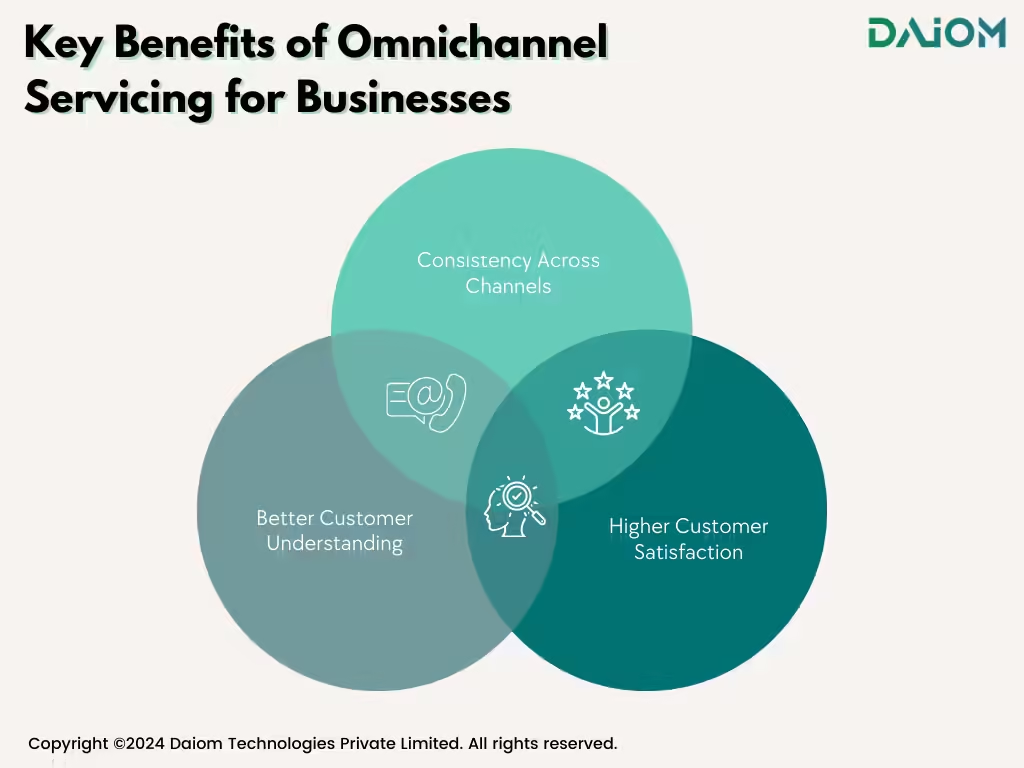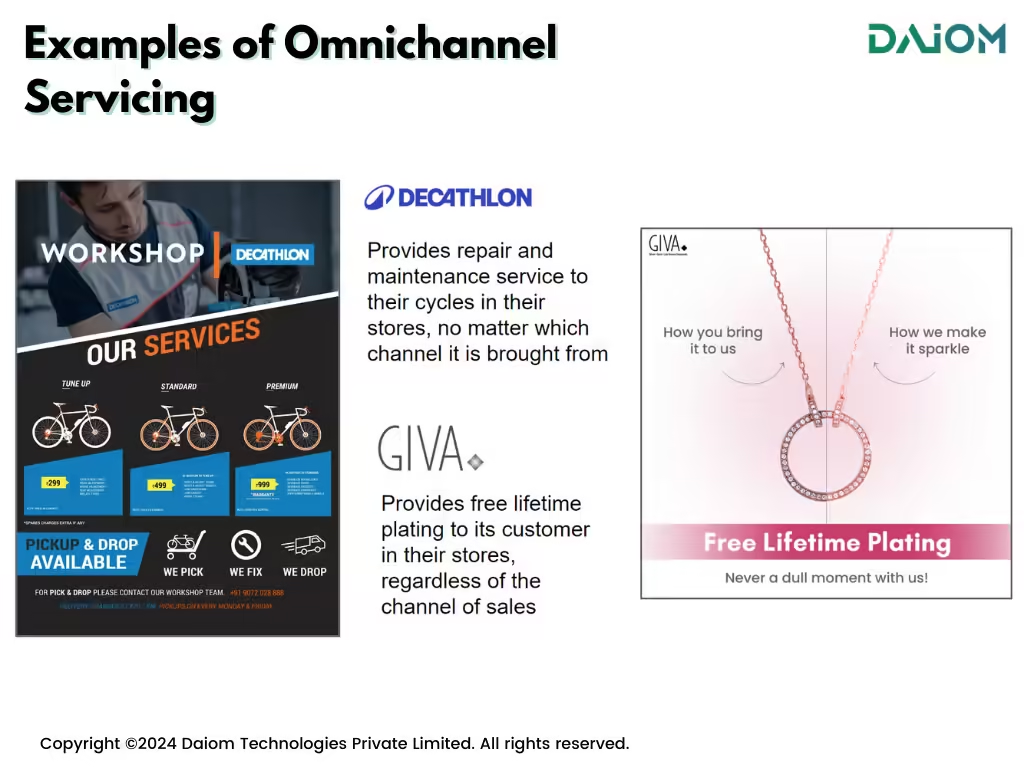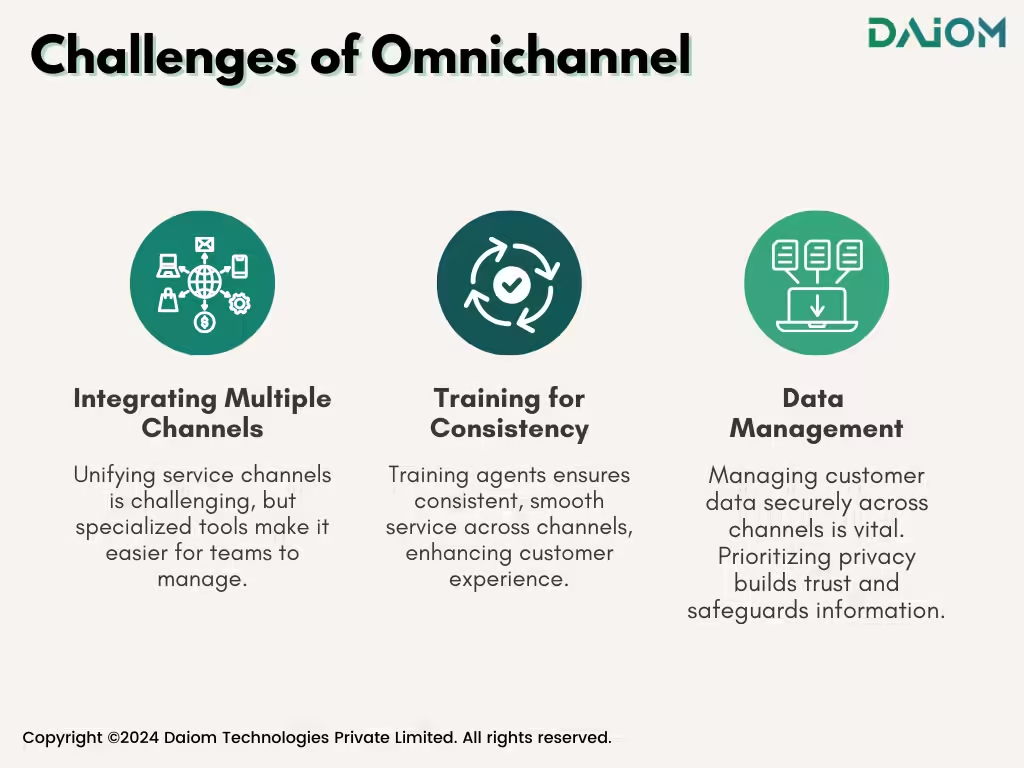While we often invest significant resources into marketing efforts, it’s crucial to remember that outstanding service can elevate our employees’ performance and significantly reduce the pressure on marketing. By prioritising exceptional customer service, we create satisfied customers who are more likely to promote our brand.
The ultimate measure of success in customer service is the Net Promoter Score (NPS), which indicates how likely customers are to recommend a business to others.
If we fail to deliver excellent after-sales service, we risk leaving customers with a negative experience, resulting in poor reviews.
When customers feel valued and cared for, they’re more likely to sing their praises, and that organic word-of-mouth can be far more effective than any advertisement.
So, investing in great service isn’t just a nice-to-have; it’s a necessity for building loyalty and driving success.
Customer service should not be a department. It should be the entire company.
Tony Hsieh, CEO of Zappos
Table of Contents
1. What is Omnichannel Servicing?
Omnichannel Service is providing customer support seamlessly across all channels, so customers get the same help and care whether they contact you online, through an app, or in person. It means connecting all customer service channels—like phone, email, social media, and live chat—so they work together.
It’s like a big puzzle where every piece fits to create a complete picture of each customer’s experience. Customers can switch between channels without repeating their story, making it easy to get the help they need, fast.
2. Key Benefits of Omnichannel Servicing for Businesses
Omnichannel Servicing isn’t just about keeping customers happy; it’s a powerful way for businesses to build lasting connections. Here’s why it matters:

- Consistency Across Channels: No matter how customers choose to reach out—whether it’s by phone, email, chat, or social media—they receive the same high-quality support. This consistency builds trust, as customers know they’ll get reliable help on any channel.
- Higher Customer Satisfaction: Faster, smoother support makes for happier customers. Customer satisfaction can improve by 45% when Omnichannel Servicing is done right, with quicker answers and fewer repeat queries.
- Better Customer Understanding: When businesses track each customer’s past interactions in one place, they understand needs and preferences better. This means support teams can respond more thoughtfully, leading to a more personalised experience.
3. Best Practices of Omnichannel Servicing
To achieve the best results with Omnichannel Servicing, it is the best to follow a few key practices. Here’s a closer look:
- Unified Customer Profiles: With each customer’s emails, social media messages, and phone calls stored in a single profile, service teams have everything they need to assist quickly and accurately. A complete view of a customer’s history means they don’t have to repeat themselves, making service smoother for everyone.
- Quick, Real-Time Support: Offering real-time support shows customers their time is valued. Responding quickly not only solves issues faster but also builds trust in the brand.
- Use of AI and Automation: Automating simple tasks, like answering FAQs, allows service agents to focus on more complex needs. Chatbots and AI tools, like those offered by Yellow.ai, can respond to basic questions instantly, providing faster answers and a more satisfying experience for customers.
4. Real-Life Examples of Omnichannel Servicing
Good Omnichannel service means customers can buy a product online and get it serviced or returned at a physical store, or vice versa. This flexibility builds trust and loyalty.
Many well-known brands are already using Omnichannel Servicing to elevate their customer experience. Decathlon and GIVA are two of the great examples of brands that make this seamless servicing possible.

Decathlon: Imagine you purchase a bike from Decathlon—whether online or at a physical store doesn’t matter. If your bike needs a tune-up or repair, simply walk into any Decathlon location, and they’ll handle it for you.
They provide various servicing packages, including Tune Up, Standard, and Premium, ensuring your bike remains in excellent condition. For added convenience, they even offer a pick-up and drop-off service. It’s all about providing the support you need, regardless of where or how you bought your bike.
GIVA: Now, let’s discuss GIVA. Picture this: you buy a stunning necklace from them, either online or in-store. Over time, the piece may lose some of its shine. GIVA has you covered with their free lifetime plating service.
You can visit any GIVA store, and they’ll restore that sparkle for free, regardless of where you made your purchase. It’s their way of saying, “We’re committed to keeping your jewellery looking its best, whenever and wherever you need us.” This ensures every customer receives the same high level of care and service, no matter how they purchased their item.
5. Challenges of Omnichannel
As with any transformation, implementing Omnichannel Servicing can come with challenges:

- Integrating Multiple Channels: Bringing all service channels together can be tricky. Using specialised tools helps unify them, making it easier for teams to manage.
- Training for Consistency: Ensuring agents handle customer queries consistently across all channels requires training, but the results are worth it. Well-trained agents can deliver smoother service and provide a great experience across every channel.
- Data Management: It’s essential to manage customer data securely and accurately across channels. Prioritising data privacy builds customer trust and protects valuable information
6. The Future of Omnichannel Servicing
As technology advances, so does Omnichannel Servicing. With AI, it’s becoming smarter and more efficient.
Voice and video support are also becoming more common, adding new ways for customers to interact.
As businesses continue to improve these services, customers can expect even faster and more personalised support in the future.
Instead of focusing on the competition, focus on the customer.
Scott D. Cook, Founder of Intuit
7. Conclusion
Omnichannel Servicing is about putting customers first by connecting every part of the service experience. When companies make it easy for customers to get help on their terms, they build loyalty and trust.
Embracing this approach isn’t just a trend; it’s a way to future-proof customer service, creating seamless, satisfying experiences that keep customers coming back.
If you’d like to discuss how we can help enhance your customer servicing and optimize your strategies, we’d be happy to set up a consultation call. Feel free to reach out to us at alibha@daiom.in
For more informative content and blog, follow and stay tuned to DAiOM.
Subscribe to our NEWSLETTER!


